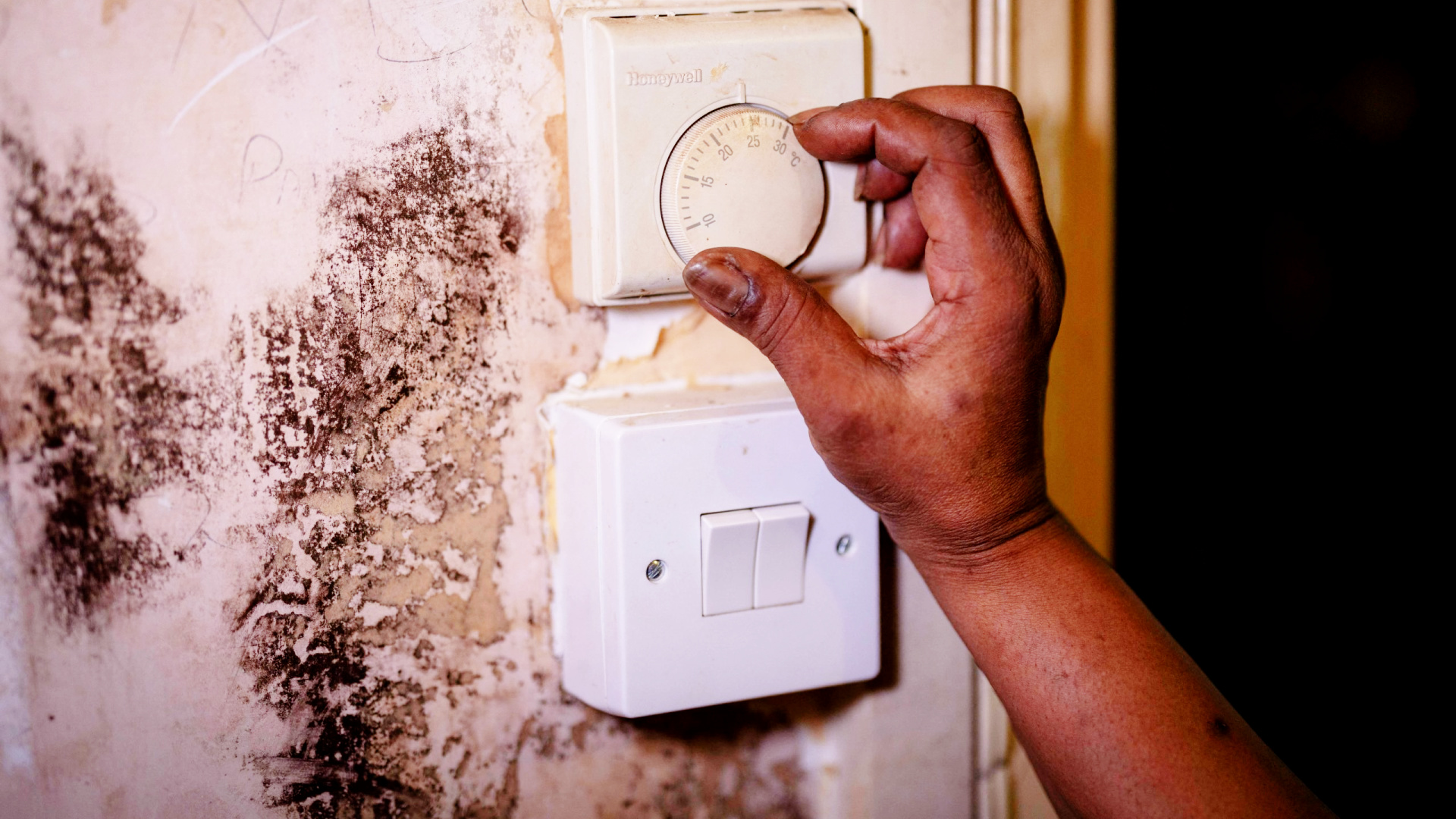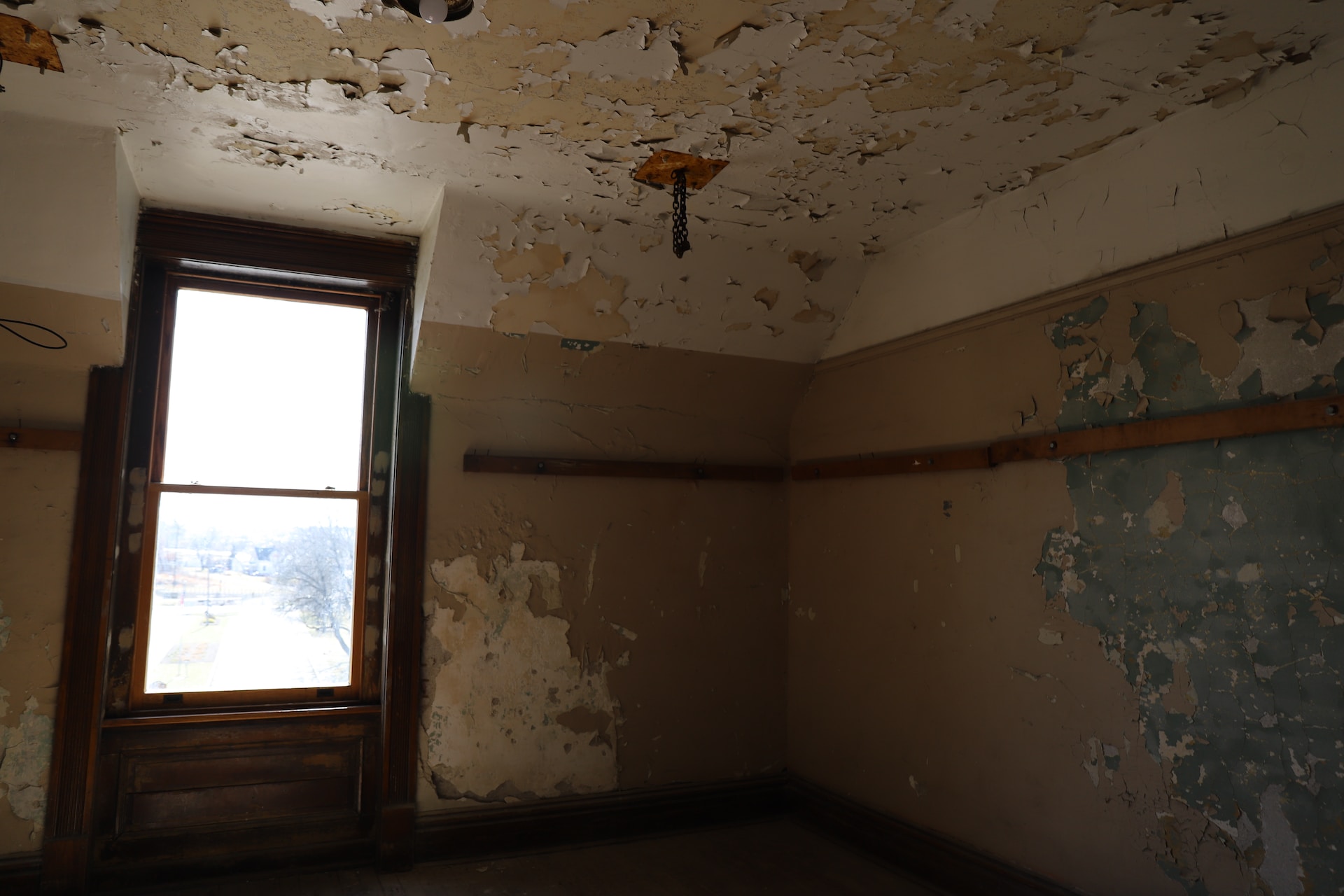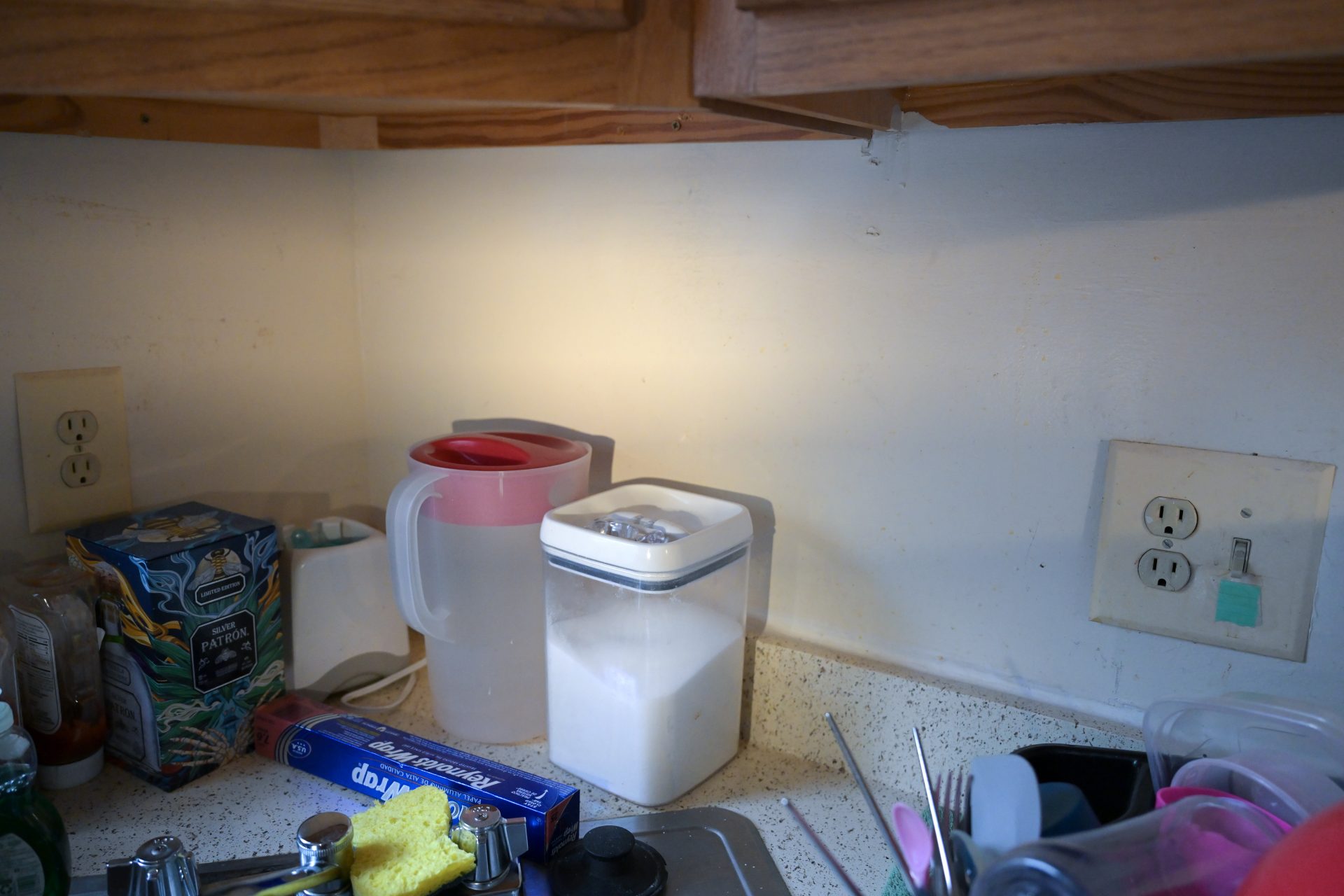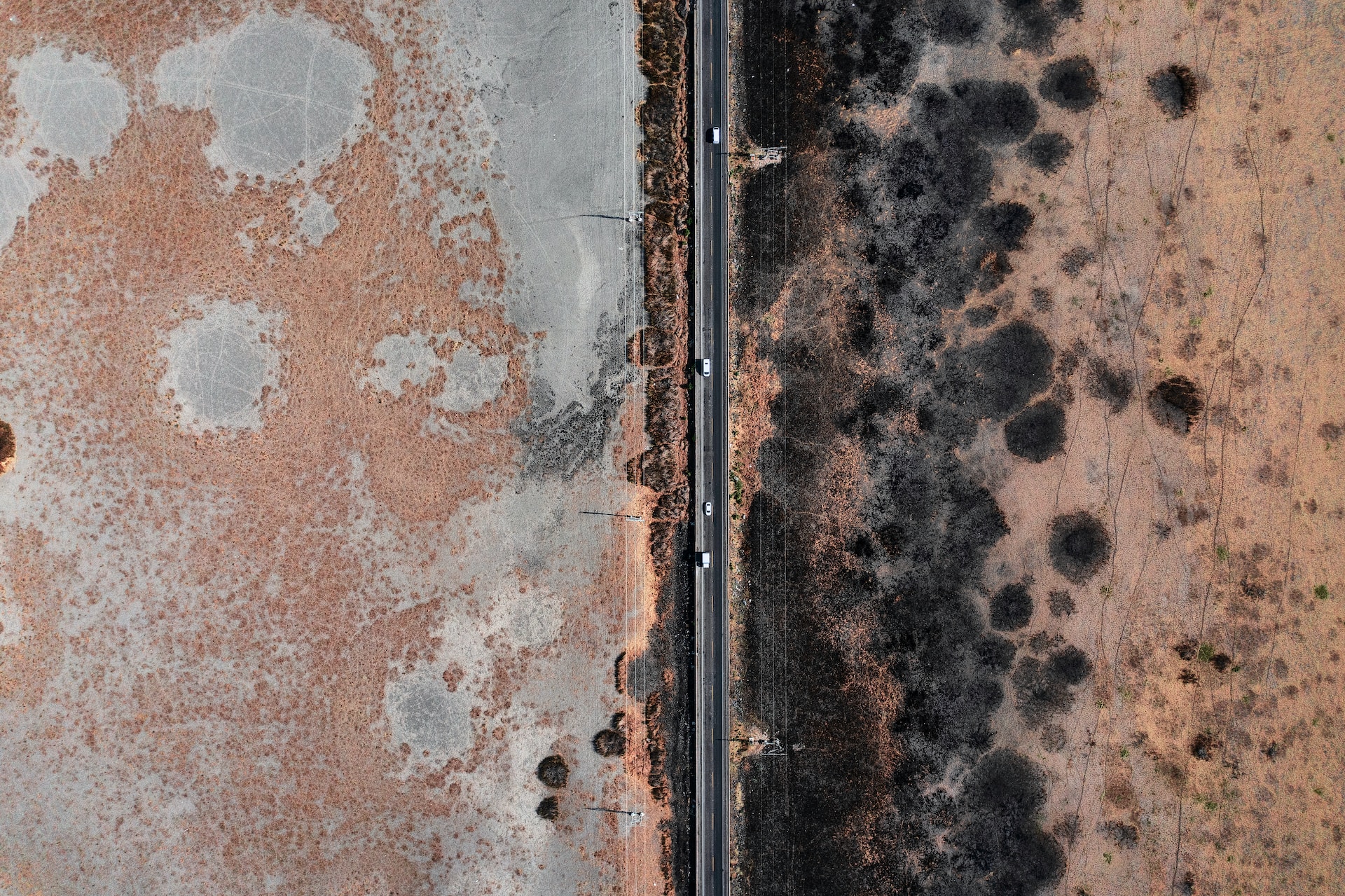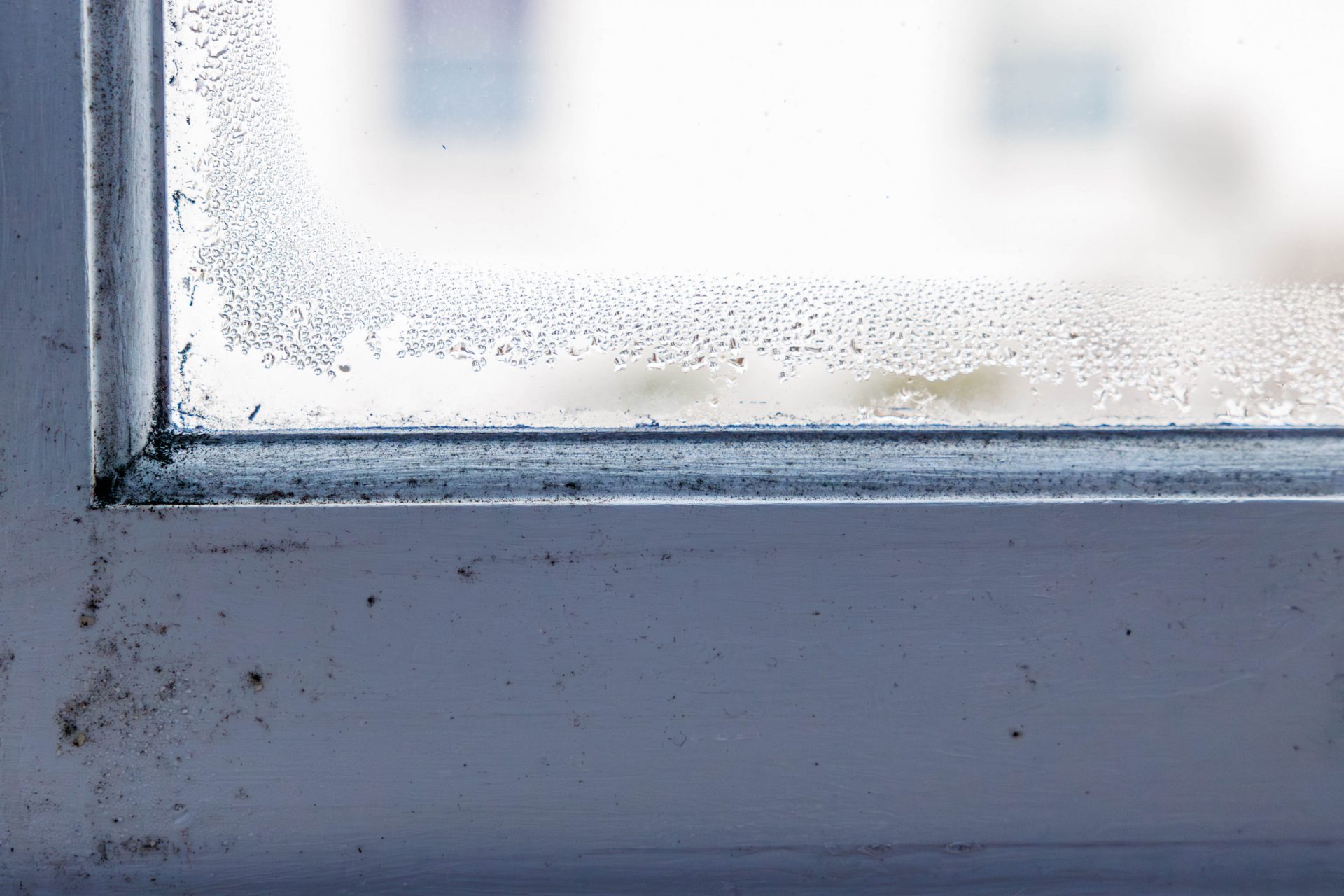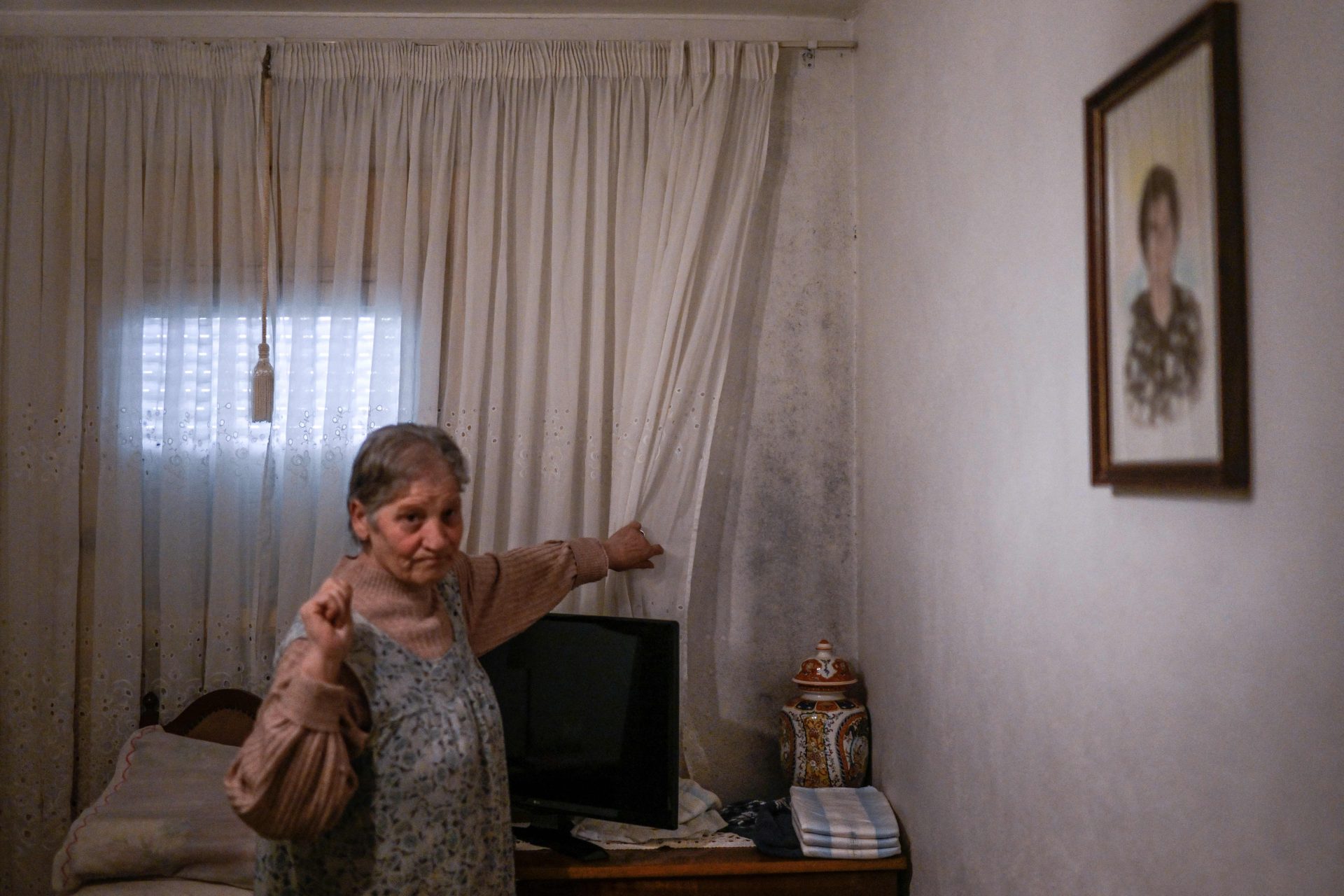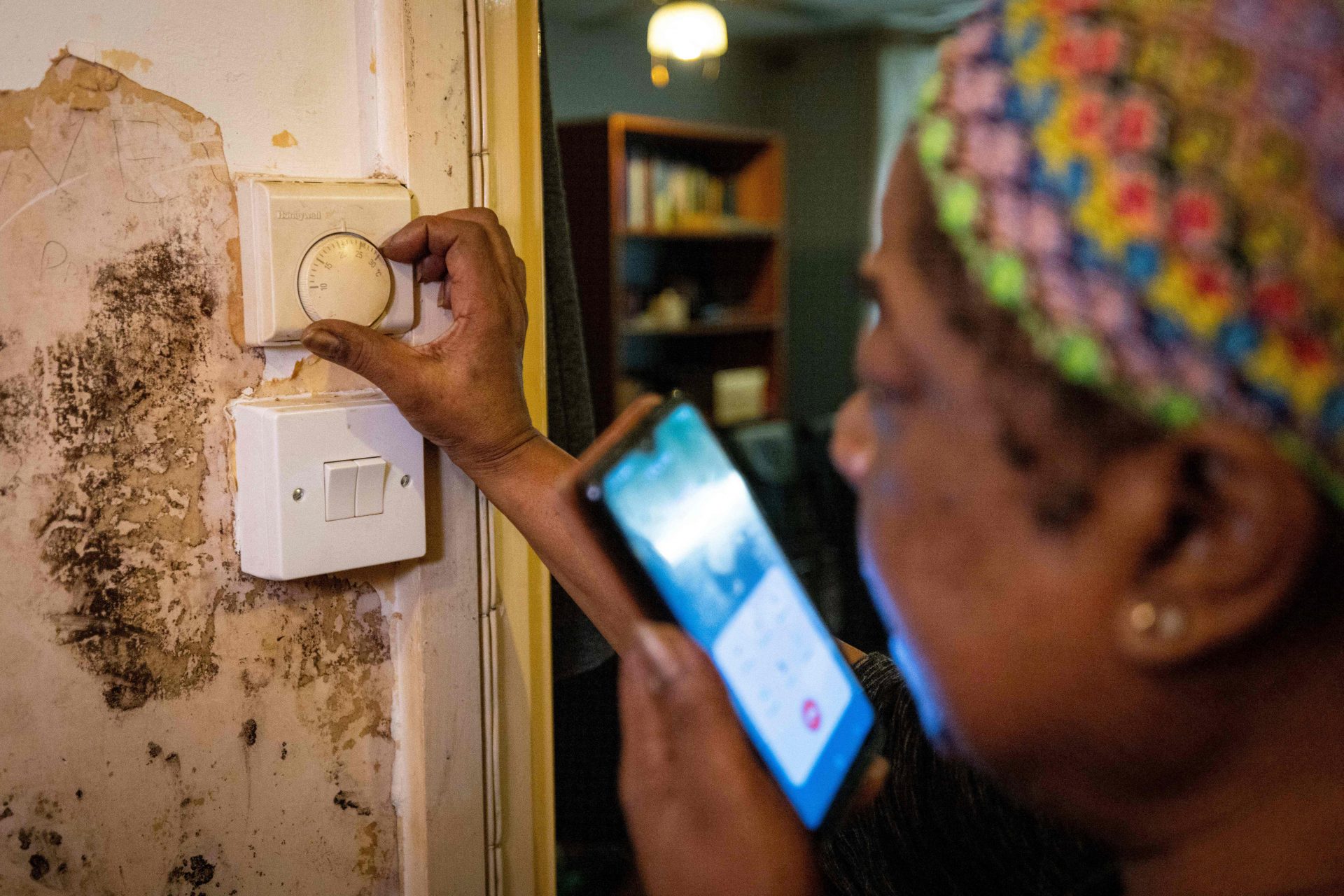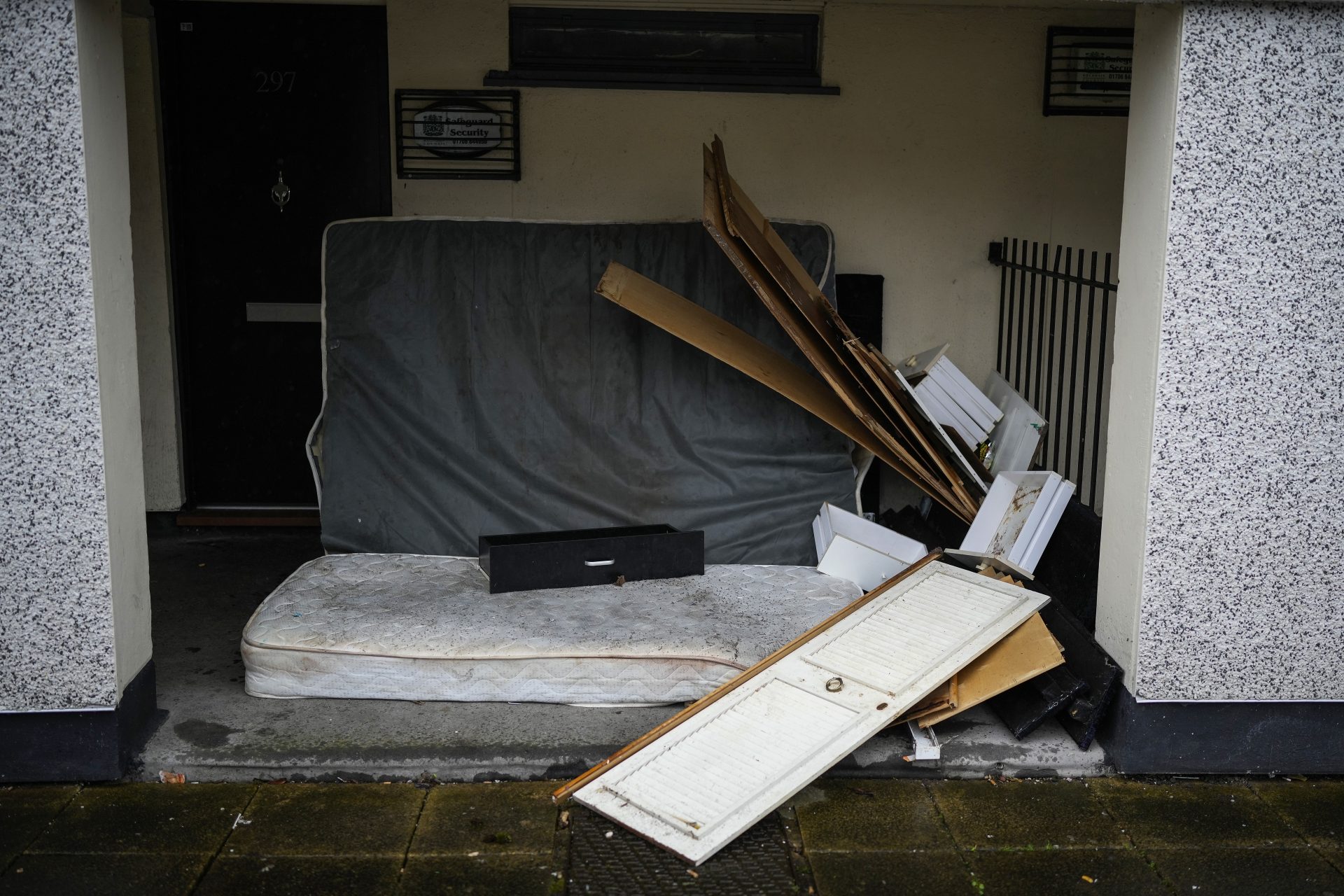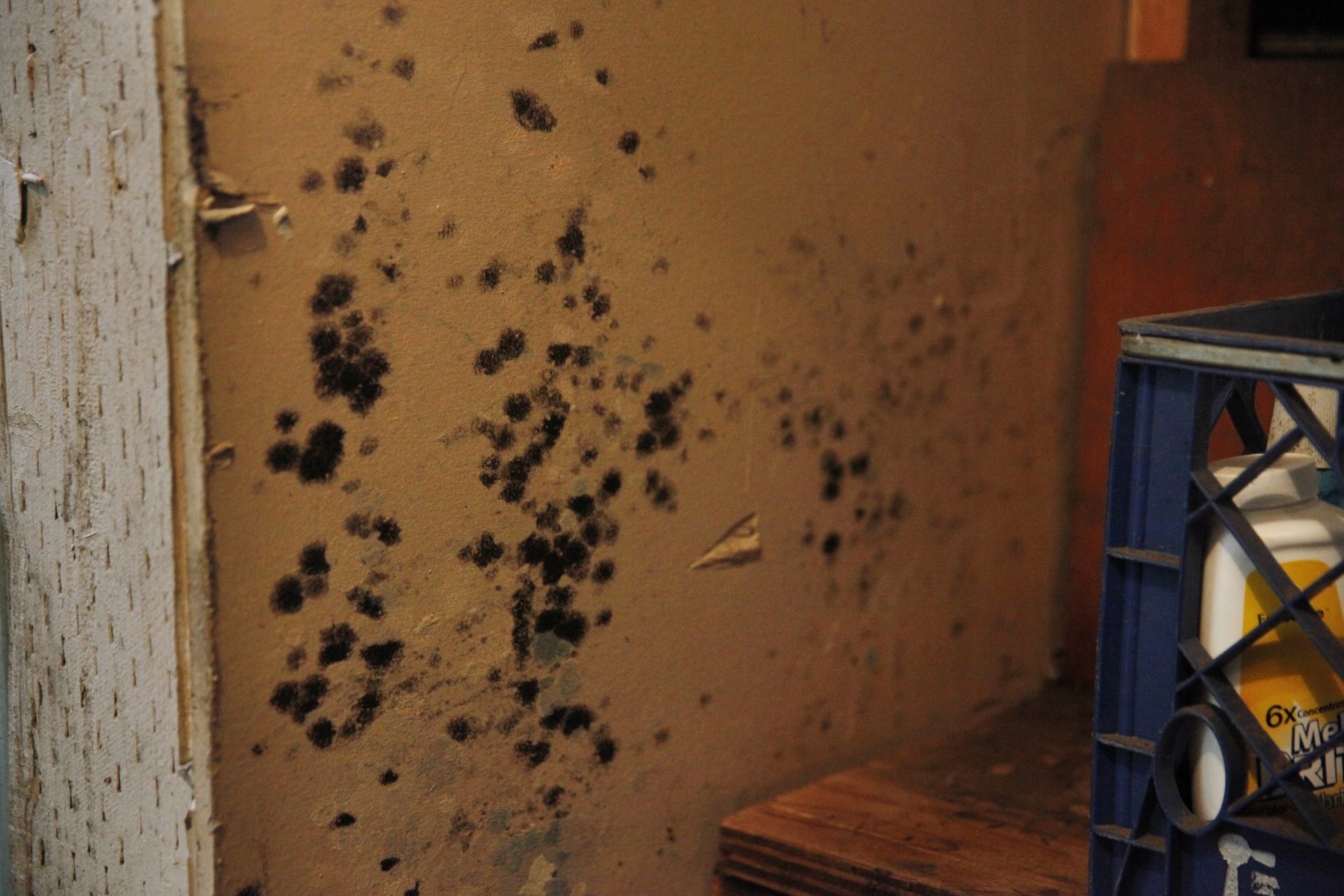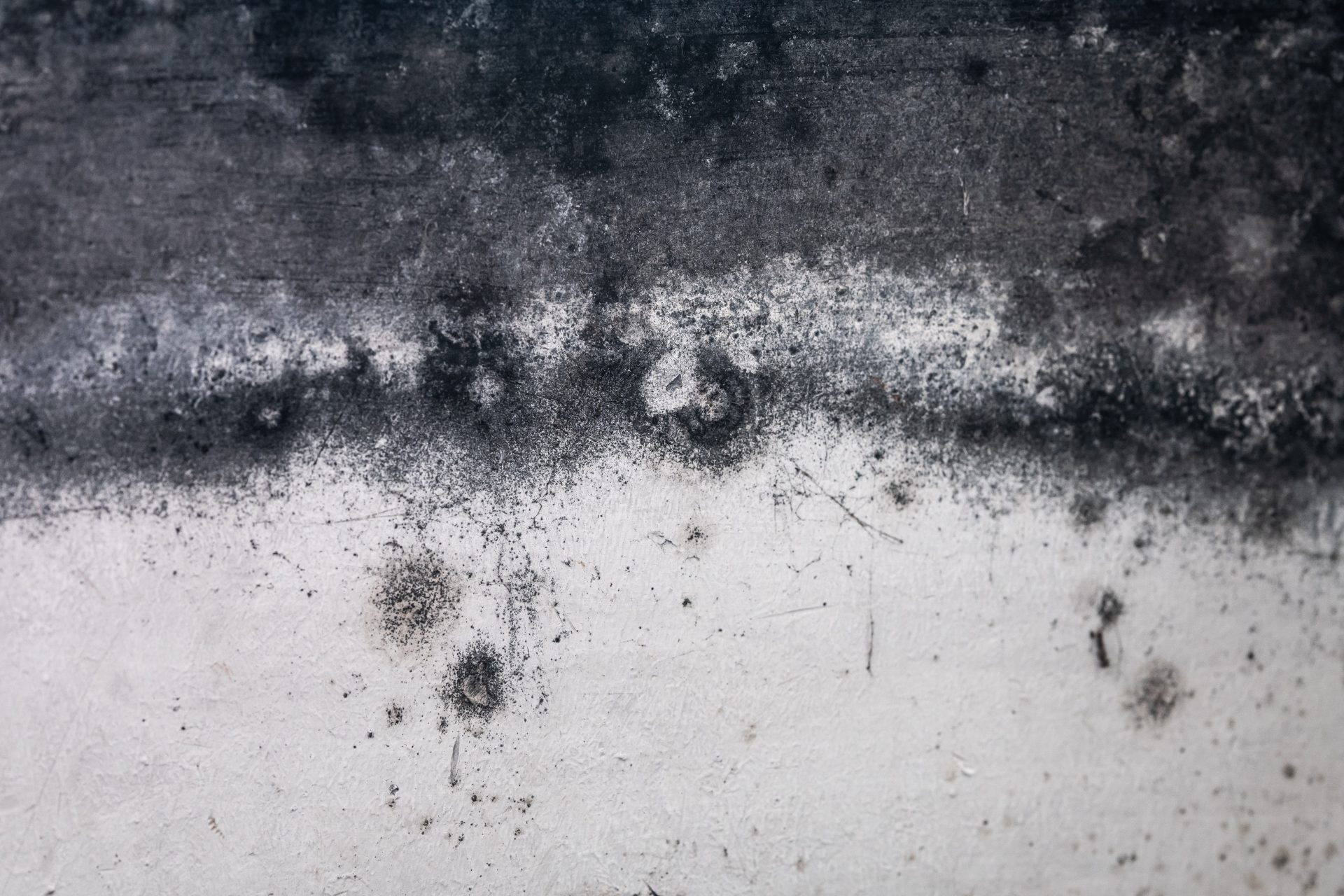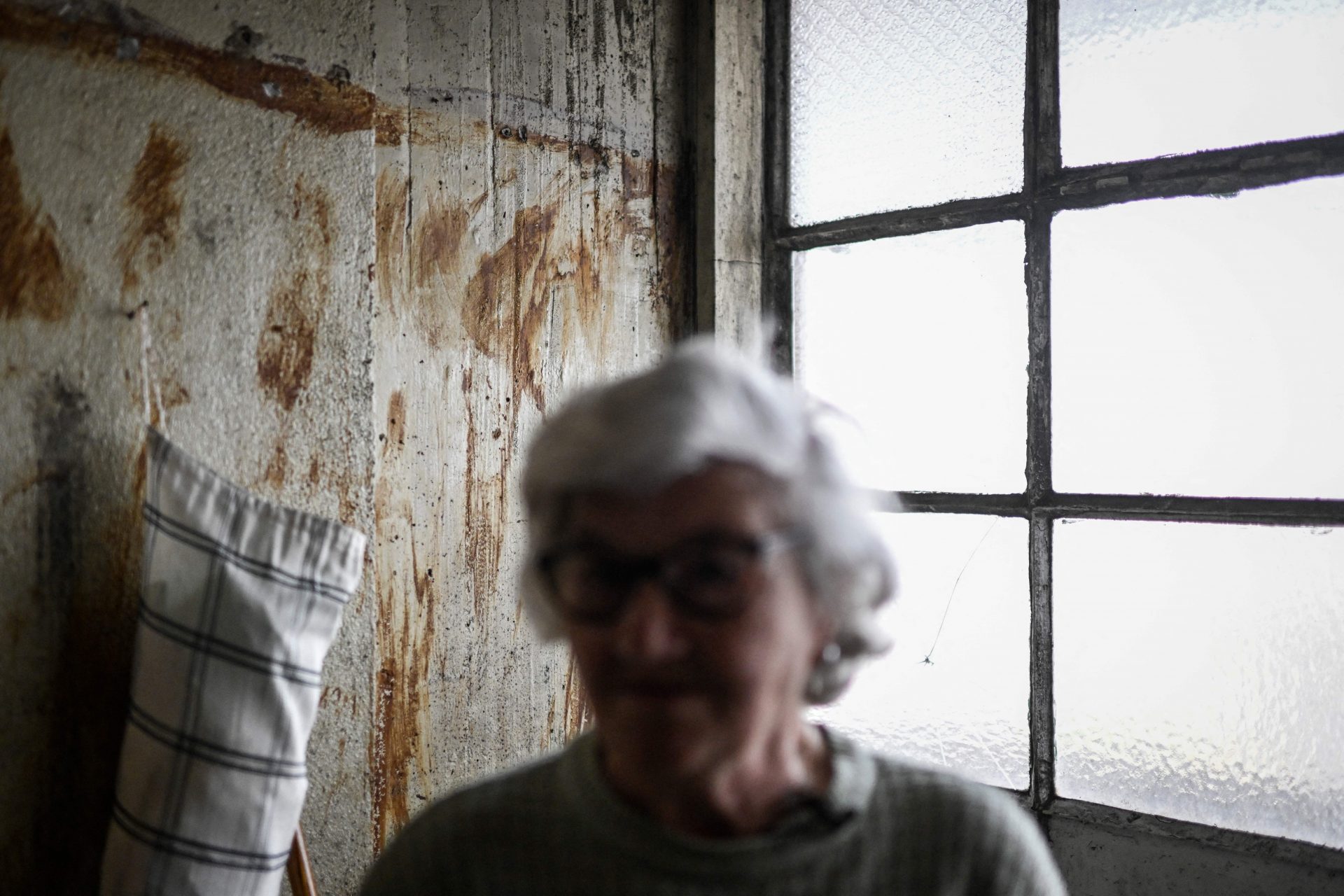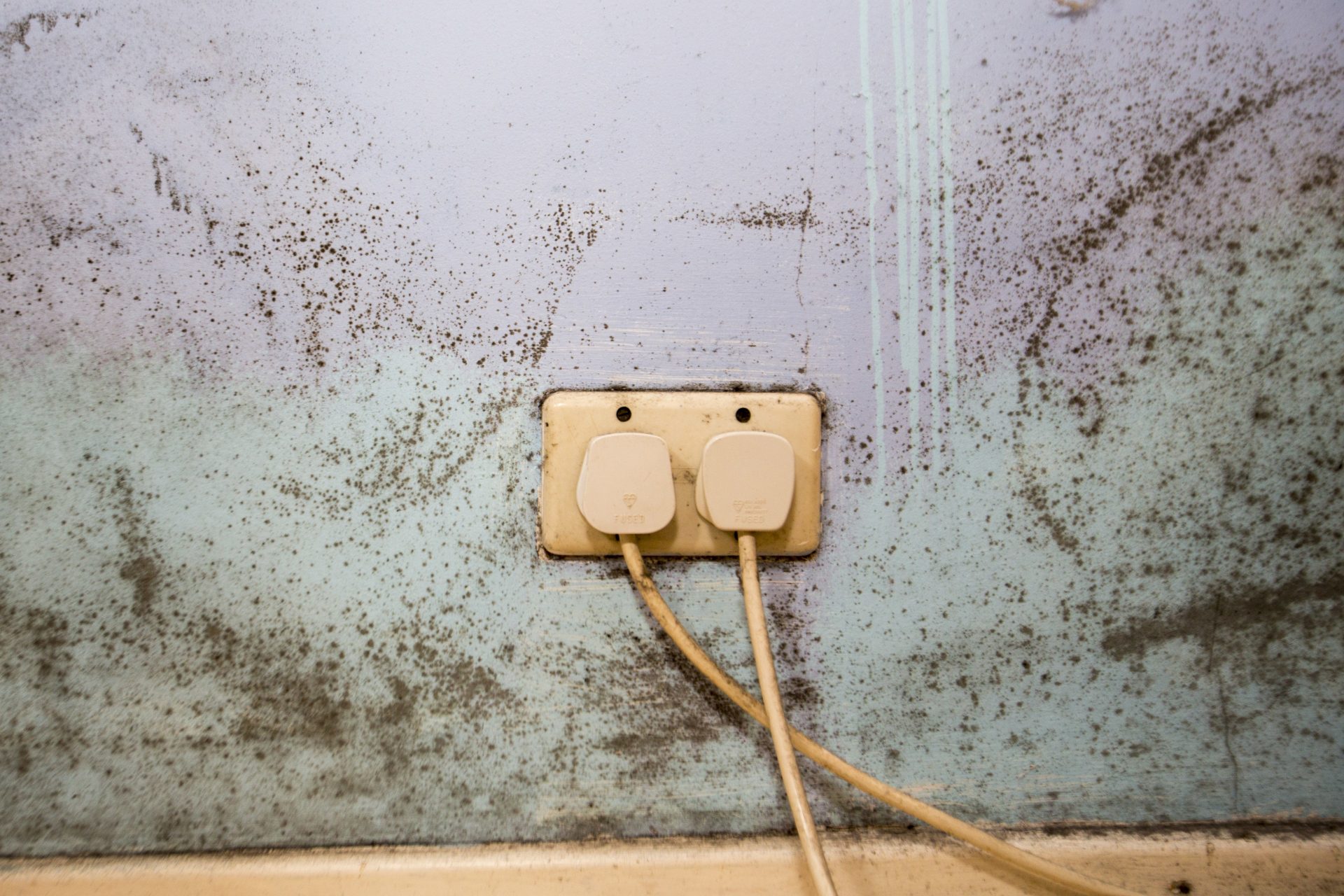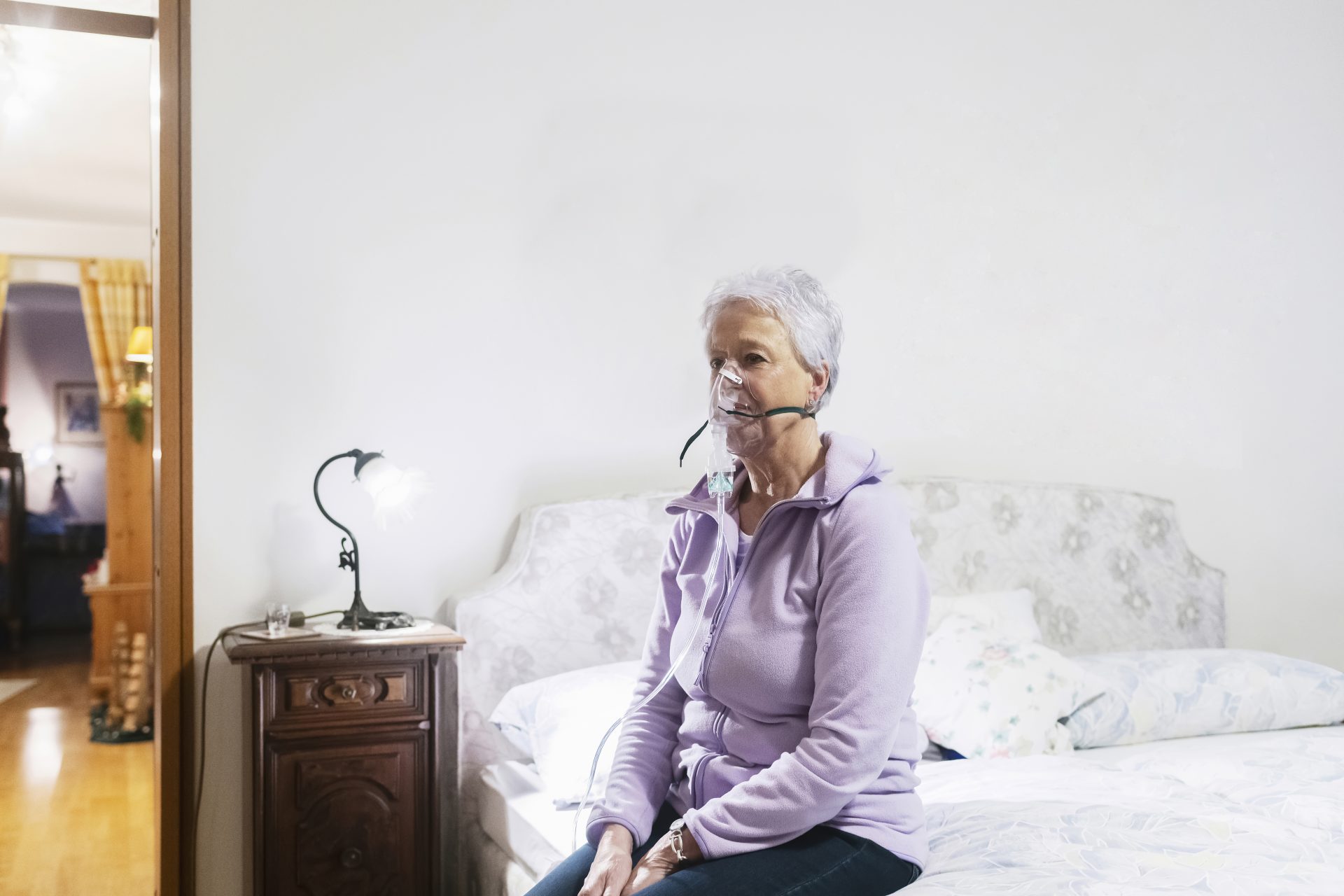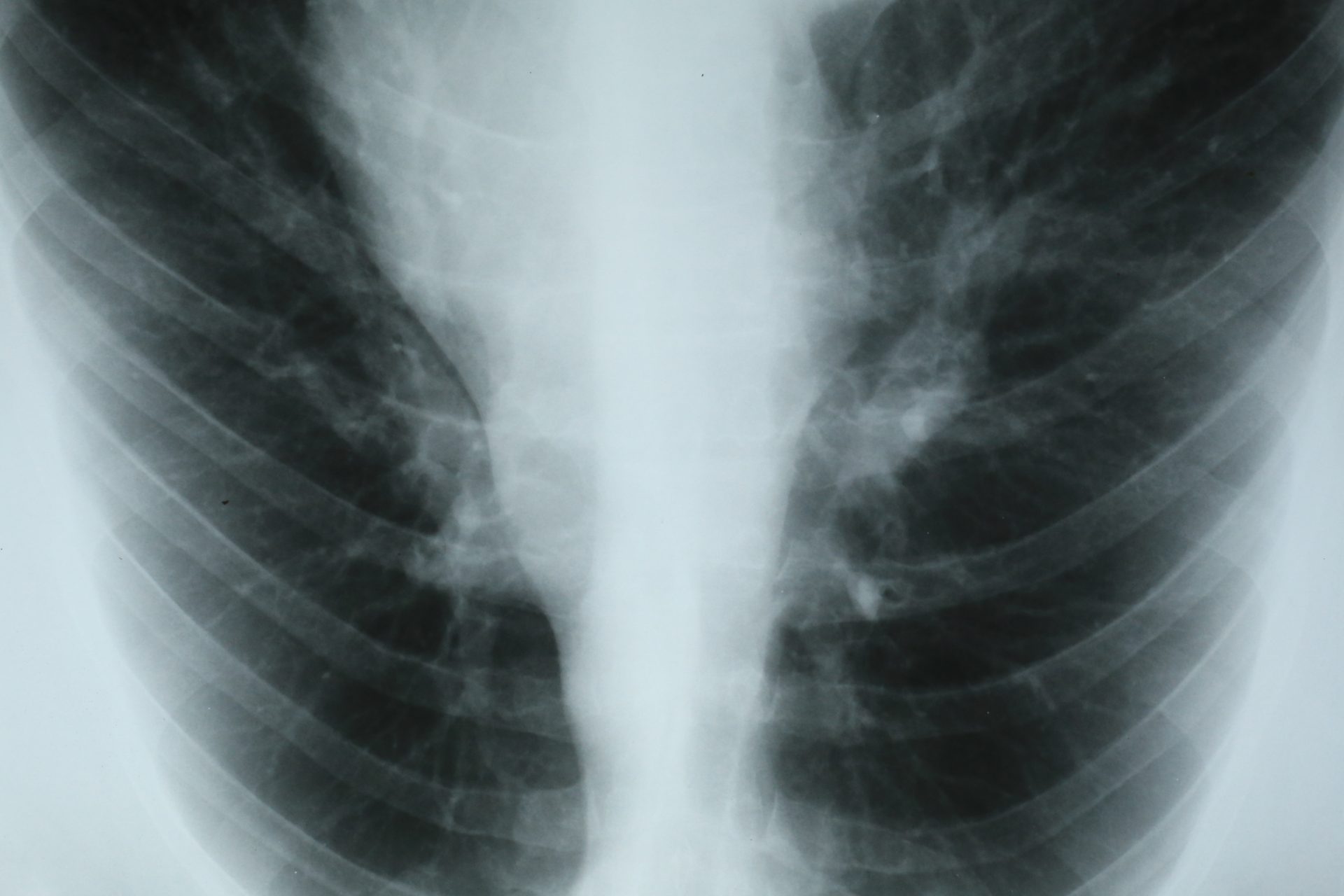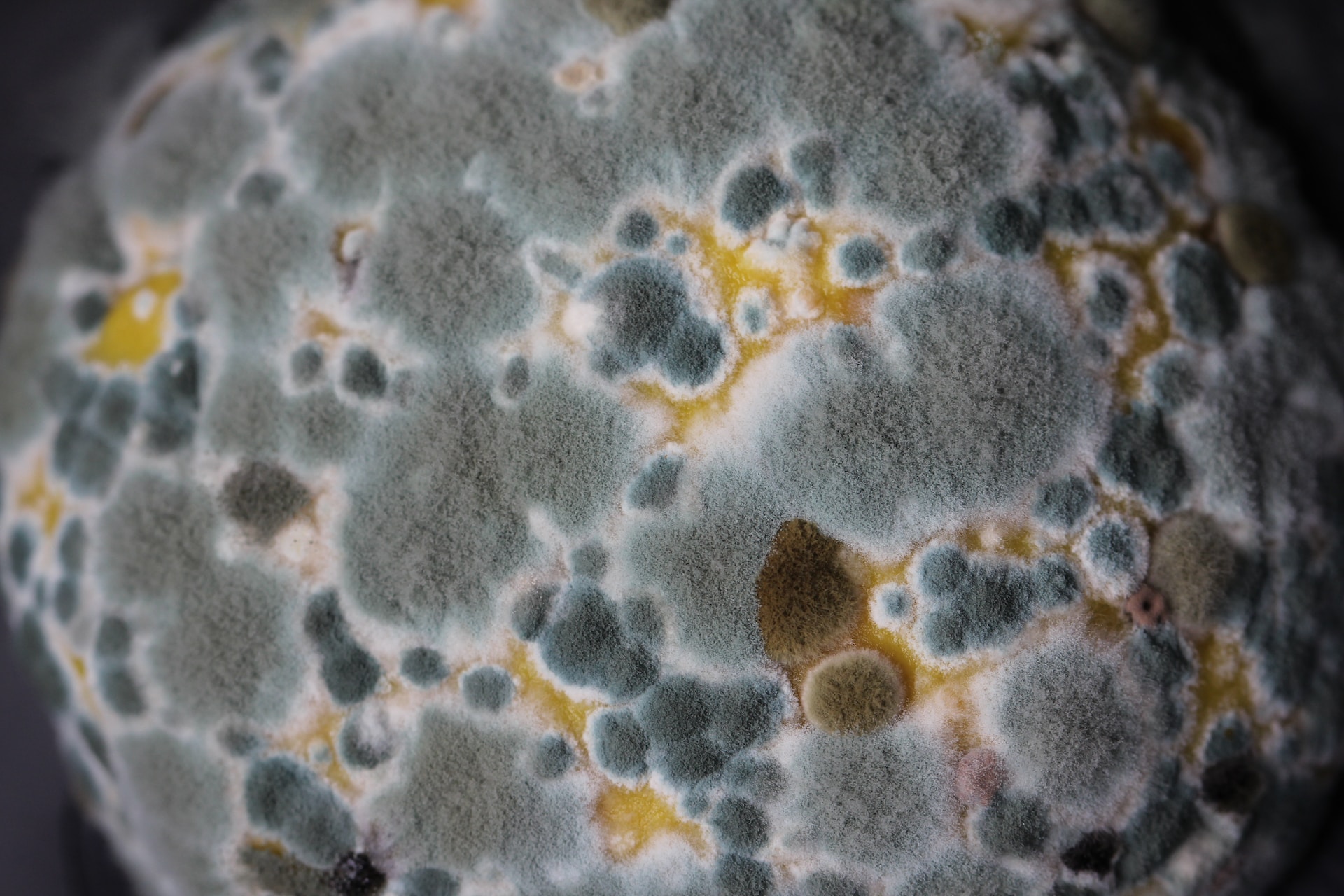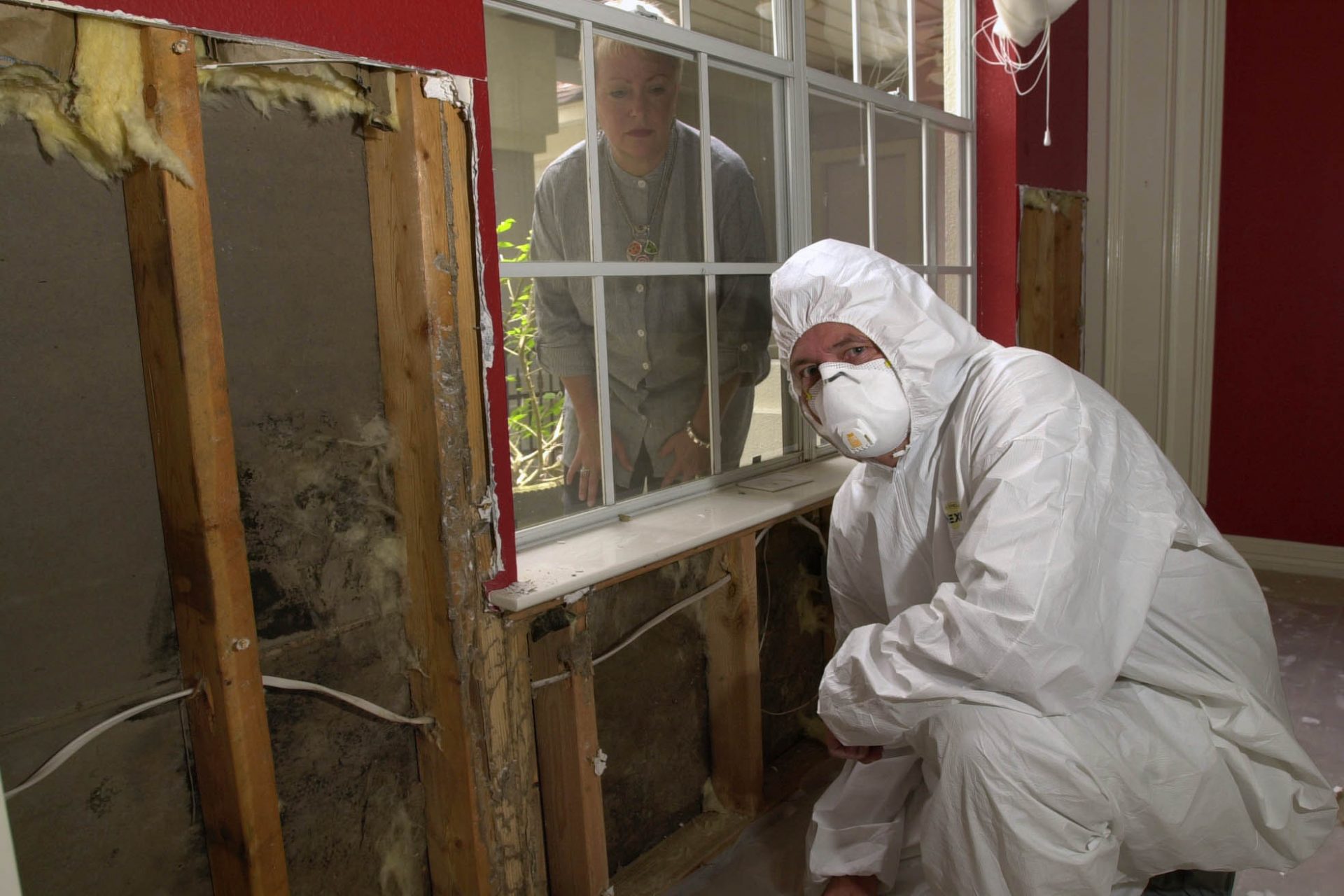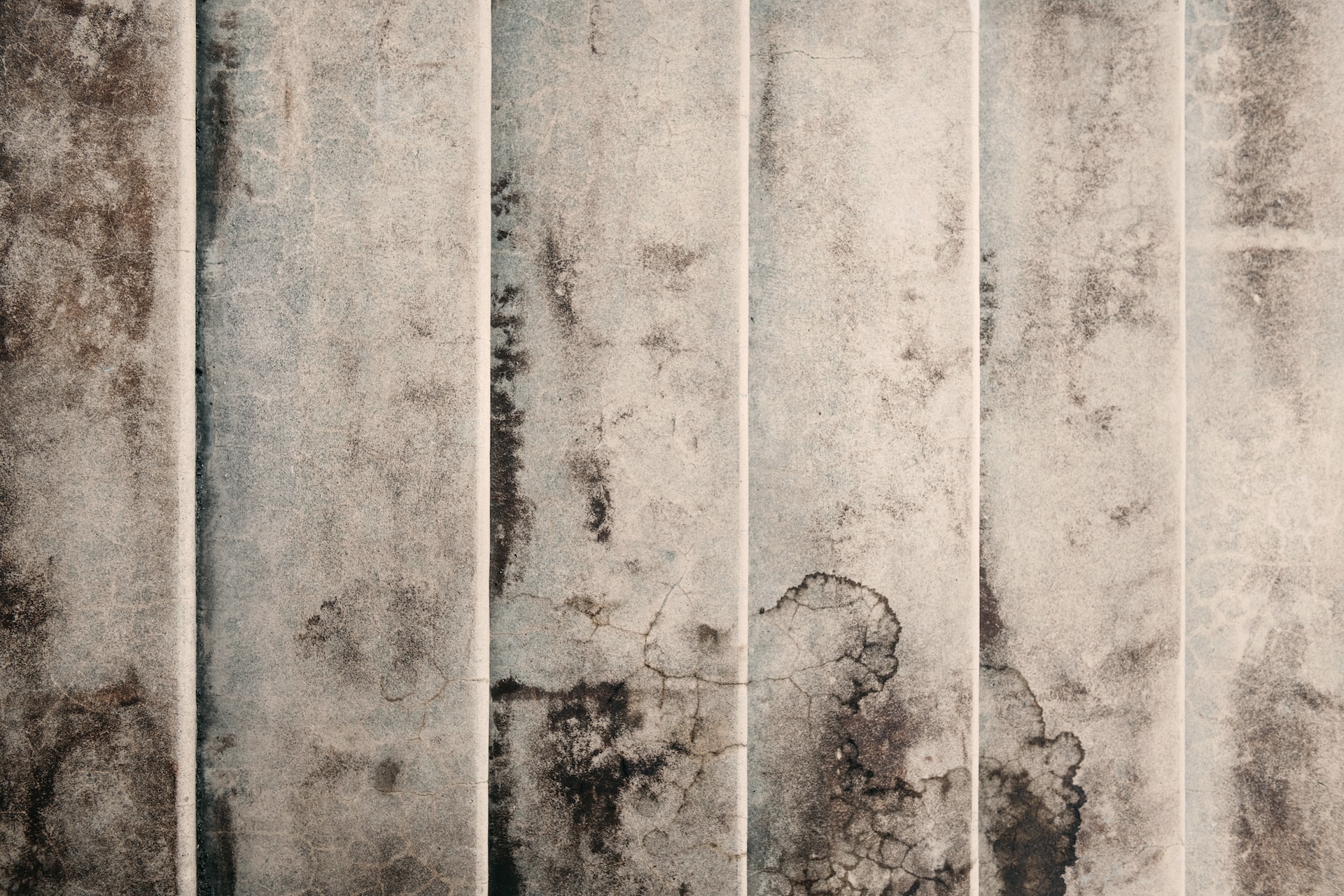'Killer mold' puts millions of children in the United Kingdom at risk
For those wondering if mold in homes is hazardous, here is the opinion of the UK government: yes. According to the official statement of the British government on the matter, mould is a "category 1" health risk. In other words, it can cause death or even the loss of a limb.
Furthermore, there is even a type of mold that has been dubbed a 'killer'; making it clear that living in a home with mold can be dangerous for all the inhabitants of the dwelling. 'Killer mold' is also known as black mold.
Photo: Unsplash - Michael Diane Weidner
In the United Kingdom, mold in homes is a huge issue. In fact, in the U.K. alone, one in five children live in homes with mold. In figures, we are talking about more than 2.6 million children.
The Institute for Social Policy Research (ISPR) has been responsible for a study that shows that in the most vulnerable homes, the presence of mold is more common.
Photo: Unsplash - Jezael Melgoza
The Guardian points out that damp in homes is a big problem in the U.K. Officially, according to government websites, around 3% of all homes in the United Kingdom are classified as having damp, the perfect conditions for mold to flourish. However, this 3% only accounts for the most serious cases, experts agree that there are far more cases of damp and mold across the country.
Vulnerable homes, according to this study, have increased by 10% since 2018, with the increased risk that this implies in relation to the appearance of 'killer mold' or black mold.
According to The Guardian, black and Asian homes tend to have a damp rate of two to three times higher than white British households and that those who rent are five times more likely to live with damp than those who own their own homes.
The great danger caused by black mold became evident and went viral in the news after the death of young Awaab Ishak, in December 2020.
This 2-year-old boy lost his life, according to the official version published by several media outlets, due to prolonged exposure to black mold in his home in Rochdale, Great Manchester, England.
The impact of this death was such that the United Kingdom ended up signing the Awaab Law, which requires owners of social housing ensure that their buildings are mold free.
However, as End Fuel Poverty denounces, some houses in the United Kingdom are still full of mold, and the organization has asked for immediate government action.
Condensation and humidity in homes causes mold to appear. The conditions it can cause to the body are especially serious in the case of black mold.
People with respiratory diseases and with weakened immune systems are at great risk if there is mold in the home. Medical experts assure that those with cystic fibrosis or COPD (chronic obstructive pulmonary disease) can face serious, established infections if they inhale mold.
And according to The Guardian, those with weakened immune systems who inhale mold may suffer fatal infections if the mold travels from the lungs to the brain, heart or kidneys.
However, even healthy individuals are at risk. From mild allergic reactions, such as coughing or sneezing, to more complicated ones, such as itchy eyes and asthma. It can also lead to skin, ear or lung infections.
Photo: Unsplash - Sandy Millar
Killer mold can also cause respiratory problems such as pneumonia or bronchitis, as well as neurological problems in the form of headaches, migraines, fatigue or problems concentrating.
And yes, mold also attacks the reproductive system, causing problems such as infertility, and even spontaneous abortions—more than enough reasons to worry about homes with notable mold presence.
Photo: Tim Mossholder
More for you
Top Stories



